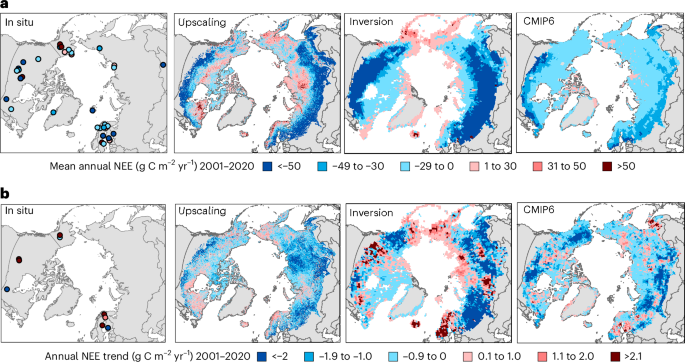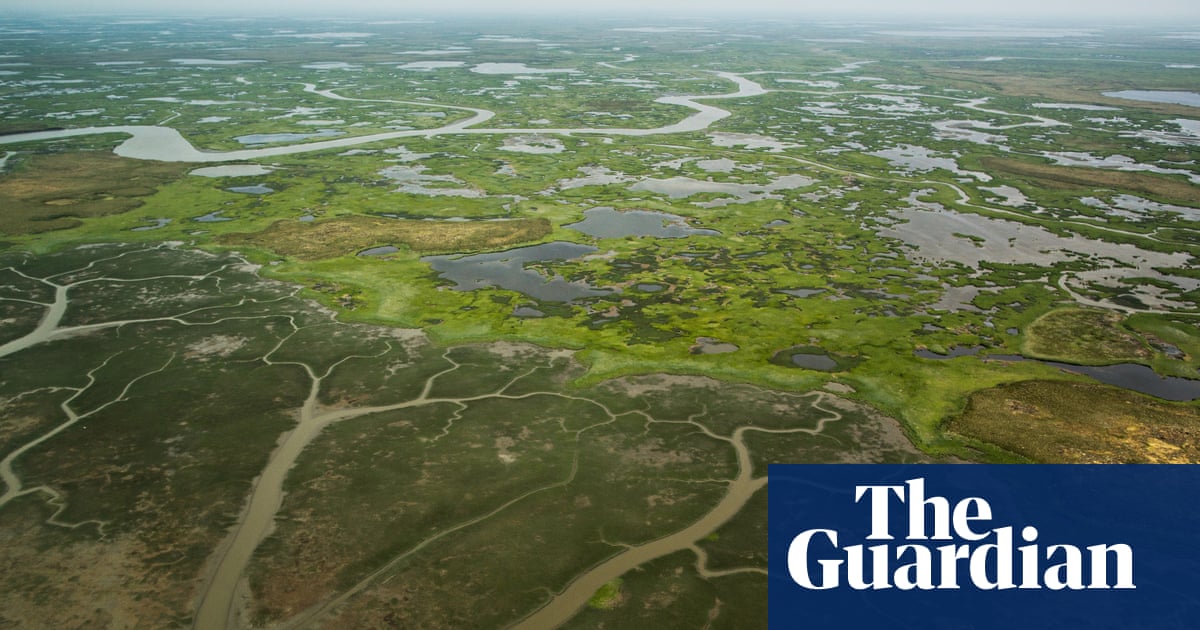The Spin
Narrative A
The Arctic's transformation into a carbon source represents a critical tipping point in Earth's climate system. The region's shift from carbon sink to source, driven by warming temperatures and increased wildfire activity, signals an urgent need for immediate action to reduce fossil fuel emissions and prevent the further destabilization of this vital ecosystem and Earth's entire climate as a whole.
Narrative B
The increased greening and longer growing seasons in the Arctic suggest potential for enhanced carbon storage capacity. The observed vegetation growth in 49% of the region, coupled with increased summer carbon uptake, indicates that some Arctic ecosystems may partially adapt to and mitigate the effects of climate change. Complex natural processes should also be taken into account.
Metaculus Prediction
There's a 65% chance that carbon dioxide emissions from fossil fuels and industry will exceed 20 gigatons per year in 2050, according to the Metaculus prediction community.





